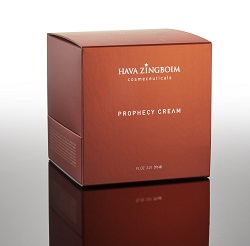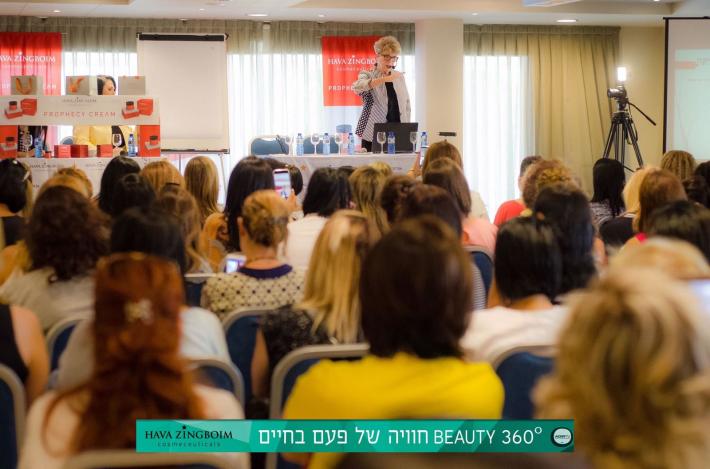Rejuvenation!
Aging is an inevitable biological process, not a pathological condition. Still, the search for an anti-aging skin-care product that stops sagging – or at least delays or lessens wrinkles – drives the cosmetics industry and consumers to spend vast amounts of money on anti-aging techniques and products.
Hyaluronic acid (HA) has come close to deliver on the anti-aging promise. This prime humectant (an element that attracts and retains water) is naturally occurring in our body, where, in addition to maintaining skin moisture and elasticity, it regulates cell renewal, and lubricates connective tissue. As the body ages, its natural supply of hyaluronic acid deteriorates, so cosmetic anti-aging products include this moisturizing powerhouse as an ingredient.
But due to their large size, HA molecules cannot fully penetrate the outer skin layers; thus, topical administration falls short of wrinkle-filling. Up till now, the only way to use HA as a facial filler was to inject it – an effective, though invasive and painful skin rejuvenation and augmentation procedure.
Recently, following years of research, a multidisciplinary BIU research team came up with the solution. Prof. Rachel Lubart of the Departments of Chemistry and Physics, Prof. Aharon Gedanken of the Department of Chemistry and BINA member, Prof. Dror Fixler of the Faculty of Engineering and BINA member, Dr. Anat Lipovsky and PhD student Inbar Yariv devised a simple and fast nanofabrication technique which generates reduced-size HA molecules, unchanged in their chemical structure and small enough –– to enter the deeper skin layers.
Their breakthrough paved the  way to the first-ever HA cream formula, developed by Israeli medical cosmeceuticals pioneer Hava Zingboim (and now marketed by her under the brand name "Prophecy"). Importantly, the formula enables the micronized HA molecules retain their micronized size, the key to effectivity.
way to the first-ever HA cream formula, developed by Israeli medical cosmeceuticals pioneer Hava Zingboim (and now marketed by her under the brand name "Prophecy"). Importantly, the formula enables the micronized HA molecules retain their micronized size, the key to effectivity.
"Using electron spin resonance microscopy, we also found that the micronized HA exhibited an increased antioxidant activity, capturing free radicals formed in the skin as a result of inflammation or UV exposure" says Lubart, demonstrating their further anti-aging potential. Her research combines physics, chemistry, and biology; insatiable curiosity; and an avid interest in applied research, and has already led to several innovations.
Last Updated Date : 20/04/2021



